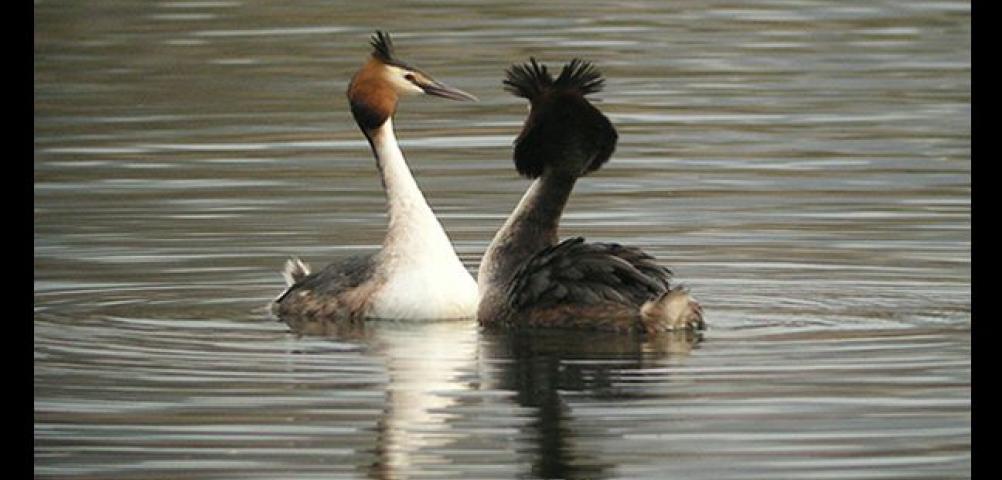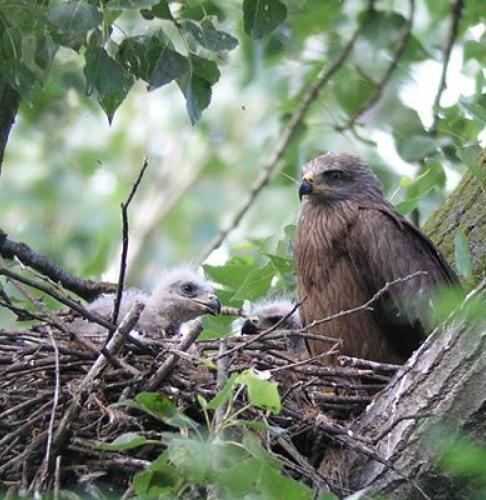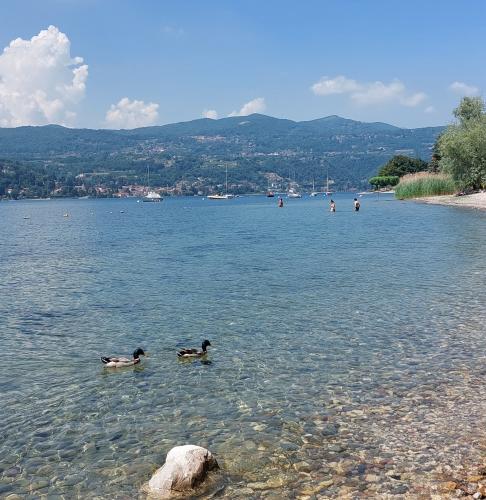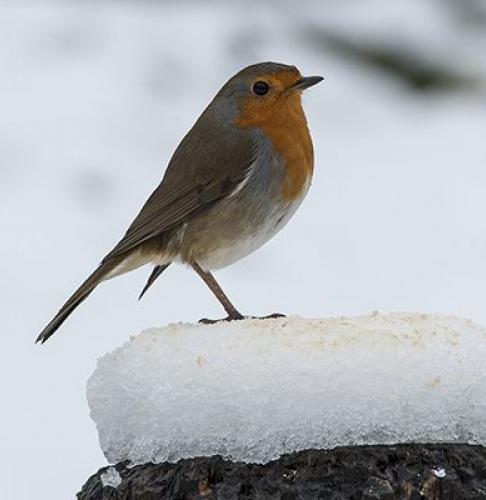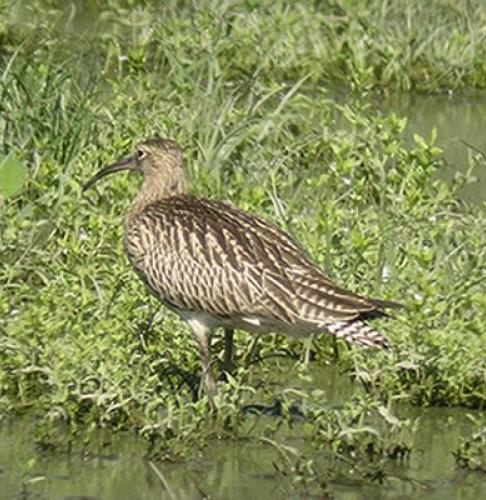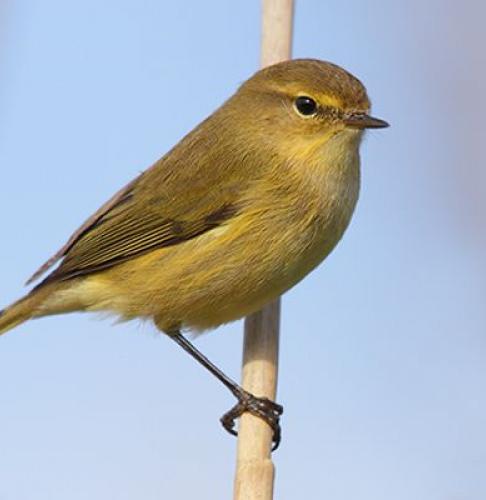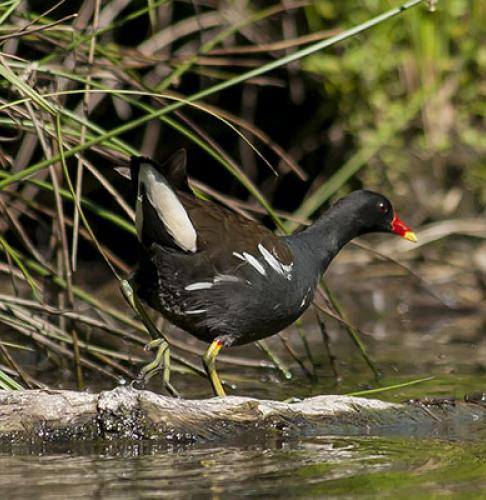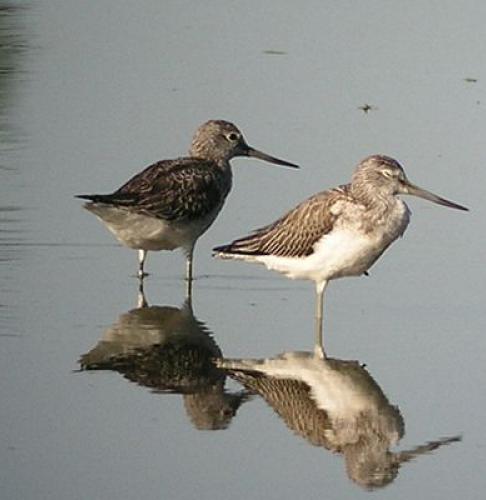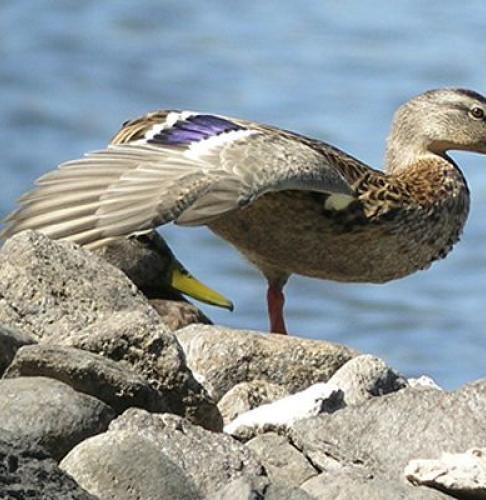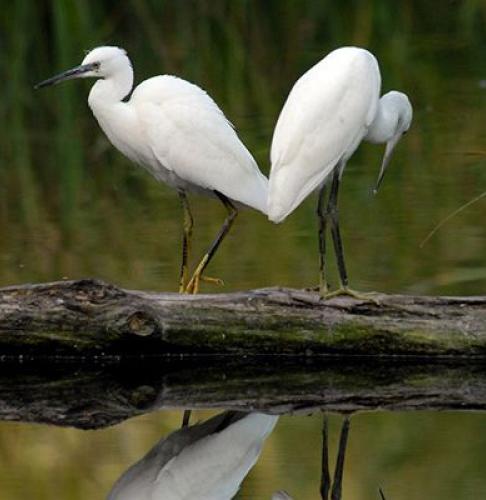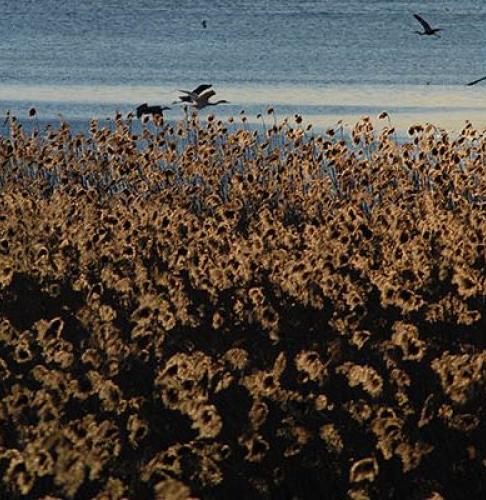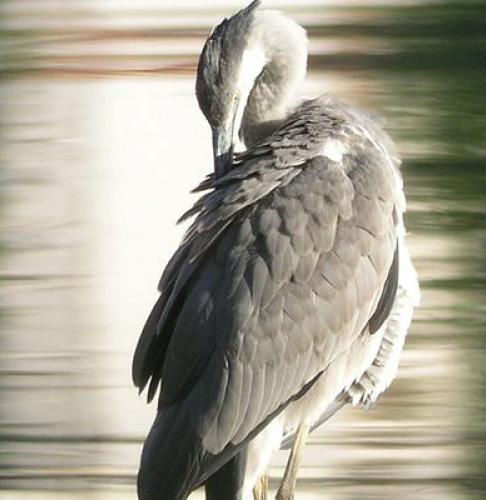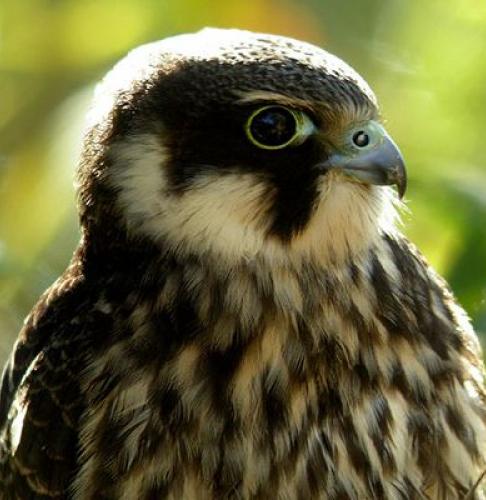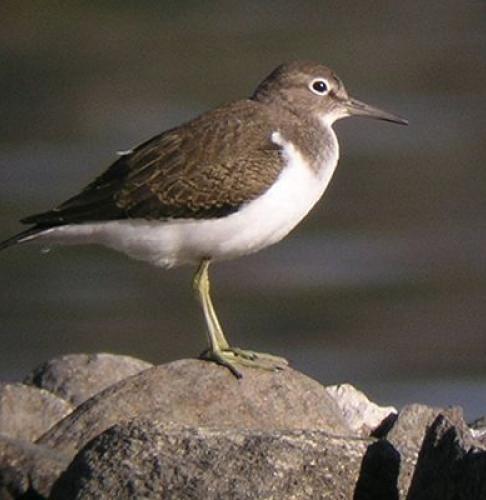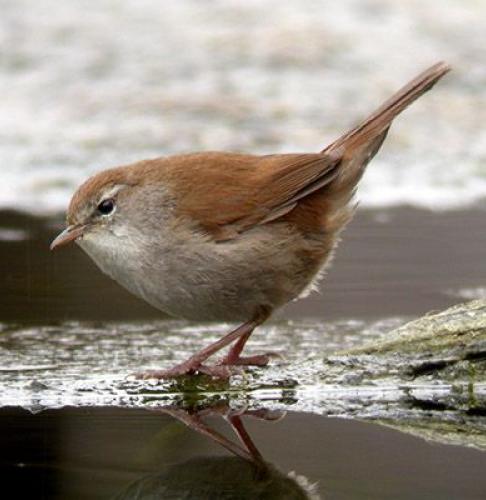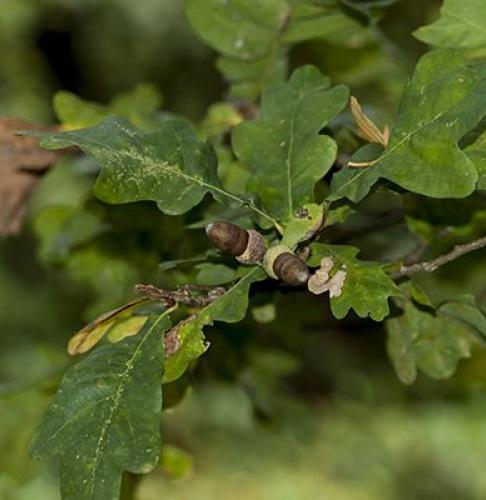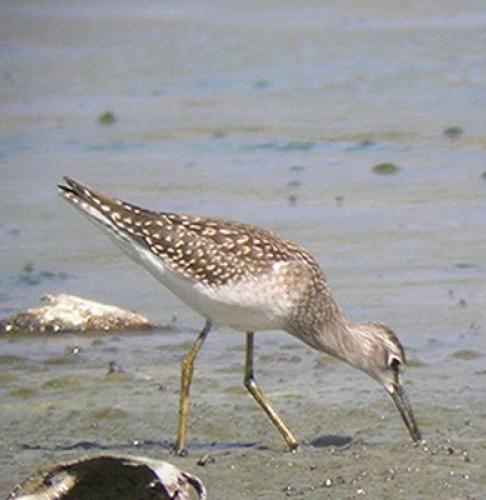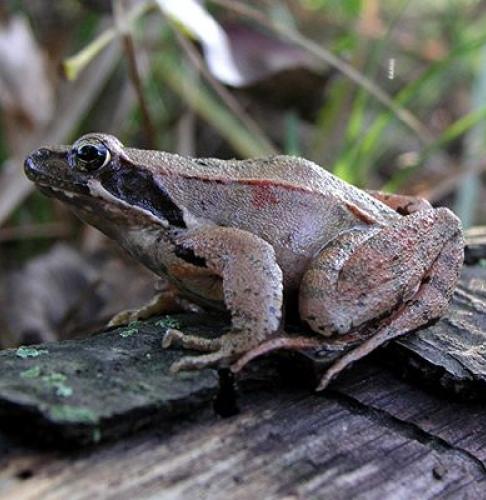Great-crested Grebe
The great crested grebe (Podiceps cristatus) is a member of the grebe family of water birds noted for its elaborate mating display. The scientific name comes from Latin. Podiceps is from podicis, "vent" and pes, "foot", and is a reference to the placement of a grebe's legs towards the rear of its body, and the species name, cristatus means "crested".
The great crested grebe is the largest member of the grebe family found in the Old World, with some larger species residing in the Americas. They measure 46–51 cm (18–20 in) long with a 59–73 cm (23–29 in) wingspan and weigh 0.9 to 1.5 kg (2.0 to 3.3 lb). It is an excellent swimmer and diver, and pursues its fish prey underwater. The adults are unmistakable in summer with head and neck decorations. In winter, this is whiter than most grebes, with white above the eye, and a pink bill.
The young are distinctive because their heads are striped black and white. They lose these markings when they become adults.
Scientific name: Podiceps cristatus
Italian name: Svasso maggiore
Order: Podicipediformes
Family: Podicipedidae

